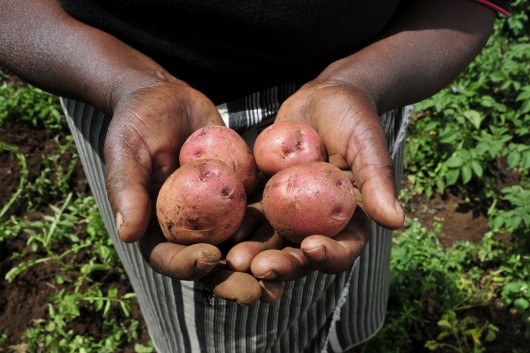 Since 2019, the Cambodian government, with support from international partners, has aimed to enhance local maternal and child health and nutrition services through the Cambodia Nutrition Project. This initiative, crucial for the nation’s future, benefits from a $62.5 million investment. The project receives co-financing from the Royal Government of Cambodia, the Australian government, the German KfW Development Bank, the Global Financing Facility and the International Development Association, part of the World Bank Group. This collaborative effort seeks to significantly boost health outcomes for women and children across Cambodia, tackling essential maternal and child health issues and fostering a foundation for a healthier future.
Since 2019, the Cambodian government, with support from international partners, has aimed to enhance local maternal and child health and nutrition services through the Cambodia Nutrition Project. This initiative, crucial for the nation’s future, benefits from a $62.5 million investment. The project receives co-financing from the Royal Government of Cambodia, the Australian government, the German KfW Development Bank, the Global Financing Facility and the International Development Association, part of the World Bank Group. This collaborative effort seeks to significantly boost health outcomes for women and children across Cambodia, tackling essential maternal and child health issues and fostering a foundation for a healthier future.
Project Implementation and Goals
Launched in 2019 and set to conclude in 2026, the Cambodia Nutrition Project aims to improve the utilization and quality of essential maternal and child health and nutrition services, focusing on mothers and children in the first 1,000 days of life. This initiative includes specific actions such as enhancing the variety of food groups for children up to 23 months old, ensuring vaccinations for newborns, providing basic health and nutrition services to children, training public health providers and conducting community outreach sessions. The project targets major causes of child and maternal mortality in Cambodia, such as inadequate and inaccessible health services, poor quality care, substandard hygiene practices and the shortage of skilled health staff. By tackling these ongoing issues, the Cambodia Nutrition Project strives to significantly enhance and save the lives of numerous infants and children across the nation.
Community Impact and Workforce Development
Since its launch, the Cambodia Nutrition Project has effectively enhanced access to quality health and nutrition services for mothers and their children in key areas, as evidenced by numerous testimonials from participating mothers. This project has enabled significant reforms in health and nutrition systems, empowering local authorities to manage and deliver services more effectively in their communities. It has financed the recruitment and training of 4,459 village health workers, including 3,255 women, to provide higher-quality services across nine provinces in the country.
Achievements and Overachievements
The project has exceeded several key performance targets set for 2026, demonstrating significant progress in public health metrics within target provinces. These achievements include an increase in the percentage of children aged 6 to 23 months receiving foods from four or more food groups and a higher rate of children under 12 months receiving the DPT-HepB-Hib 3 vaccination, which guards against multiple diseases including diphtheria, tetanus, whooping cough, hepatitis B and Haemophilus influenzae. Additionally, the project has successfully recruited a larger number of village health support groups than anticipated, which has enhanced community involvement and the implementation of nutrition and maternal health initiatives. The number of outreach sessions conducted has also surpassed initial expectations, effectively broadening community engagement ahead of the 2026 timeline.
Ongoing Efforts and Future Objectives
These accomplishments mark significant progress in supporting Cambodian parents, ensuring that their children begin life with the necessary nutrition and health care, which are vital for their survival and future well-being. While many targets have been successfully met, further efforts are needed to achieve all goals. Outstanding objectives include increasing the number of women and children older than 23 months receiving basic nutrition services nationwide and expanding the number of community health and nutrition events for women and children under 2 years old in targeted areas.
Looking Ahead
The Cambodia Nutrition Project has made substantial strides in improving maternal and child health since its inception. By surpassing several key performance targets ahead of schedule, the project demonstrates the effectiveness of international collaboration and local community involvement. Continued efforts could focus on expanding access to essential nutrition services and enhancing community health initiatives to ensure long-term health improvements for women and children across Cambodia.
– Mathieu Paré
Mathieu is based in Toronto, Canada and focuses on Good News and Global Health for The Borgen Project.
Photo: Flickr

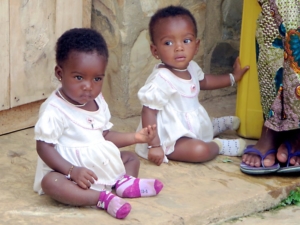 Researchers from Cornell University found a link between extreme heat and child malnutrition in western Africa. The study revealed that there was an increased prevalence of chronic and acute malnutrition in young children due to extreme heat exposure.
Researchers from Cornell University found a link between extreme heat and child malnutrition in western Africa. The study revealed that there was an increased prevalence of chronic and acute malnutrition in young children due to extreme heat exposure.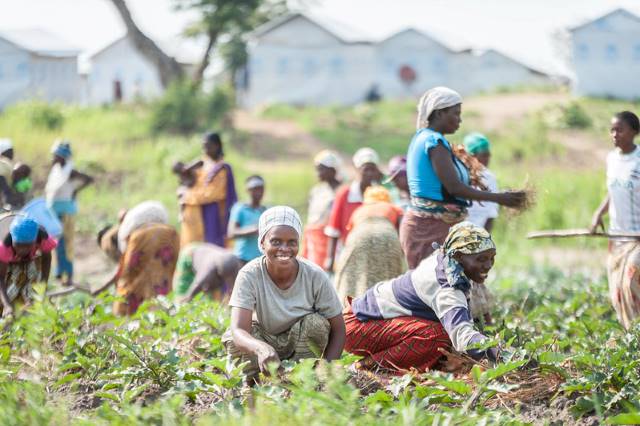 Despite the Democratic Republic of the Congo harboring the second-largest cultivable land in the world at 80 million hectares, food insecurity and malnutrition are pressing issues in a country that ranks among the poorest in the world. The Integrated Food Security Phase Classification (IPC) characterizes almost 22 million of the 89.5 million residents as severely food insecure, despite
Despite the Democratic Republic of the Congo harboring the second-largest cultivable land in the world at 80 million hectares, food insecurity and malnutrition are pressing issues in a country that ranks among the poorest in the world. The Integrated Food Security Phase Classification (IPC) characterizes almost 22 million of the 89.5 million residents as severely food insecure, despite 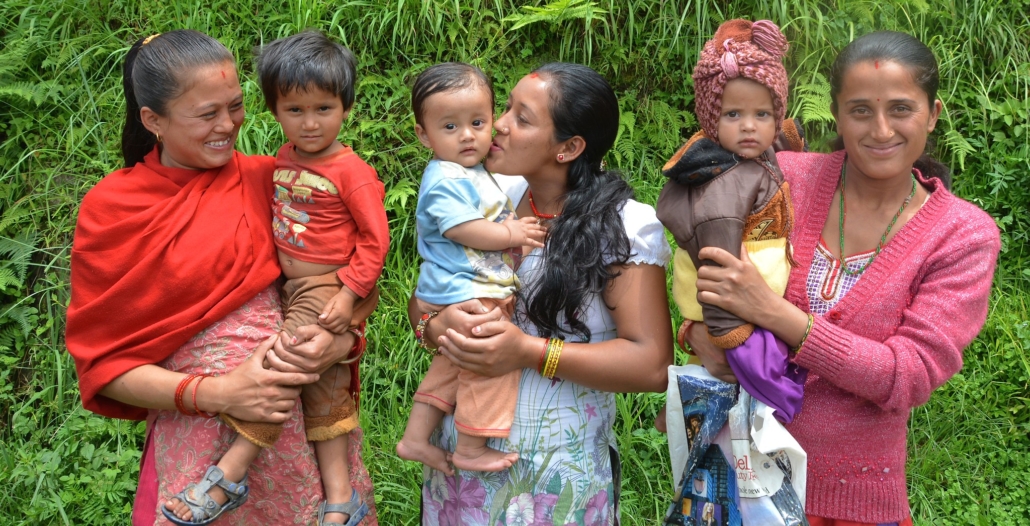 In Nepal,
In Nepal, 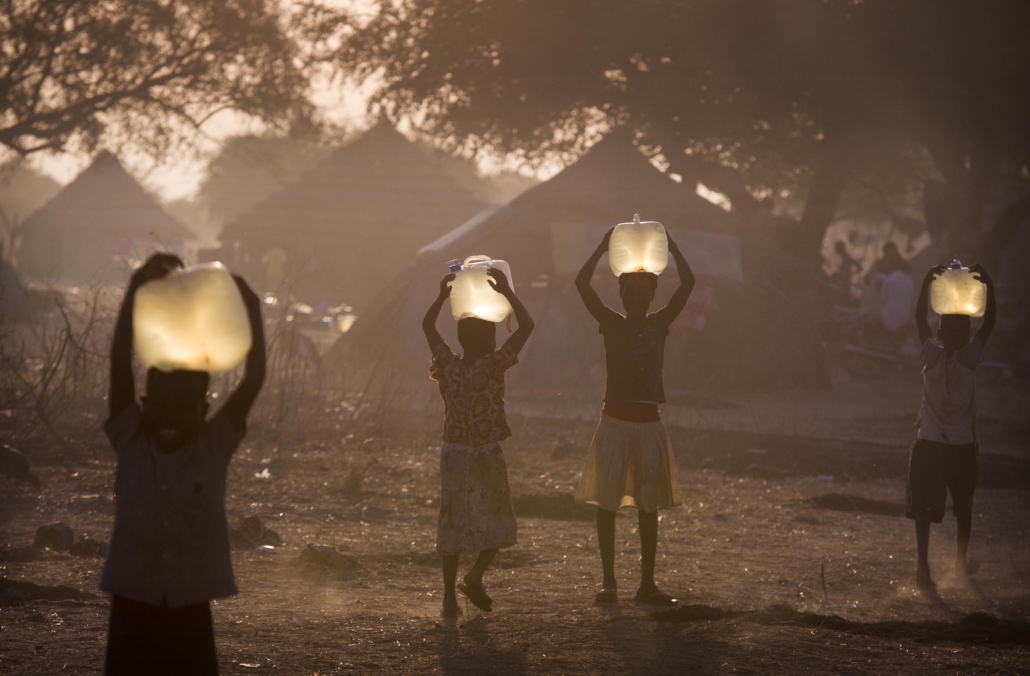
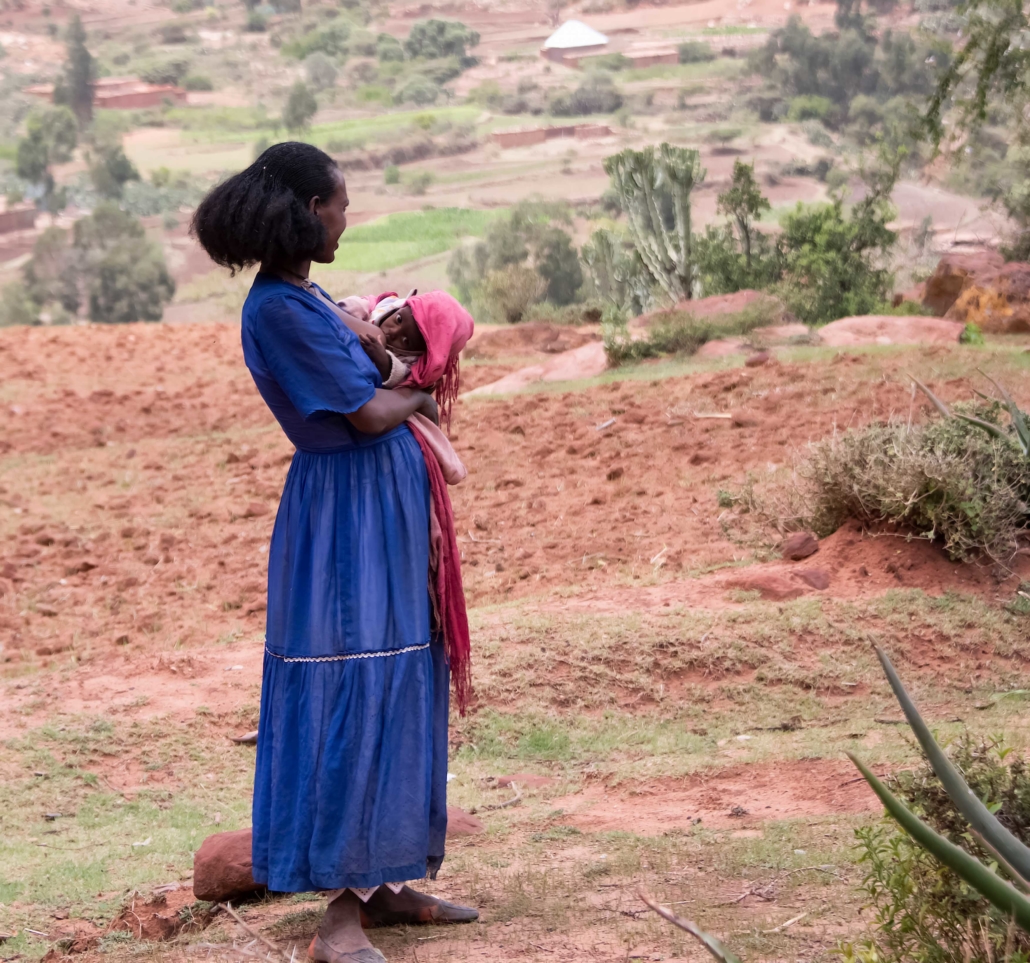
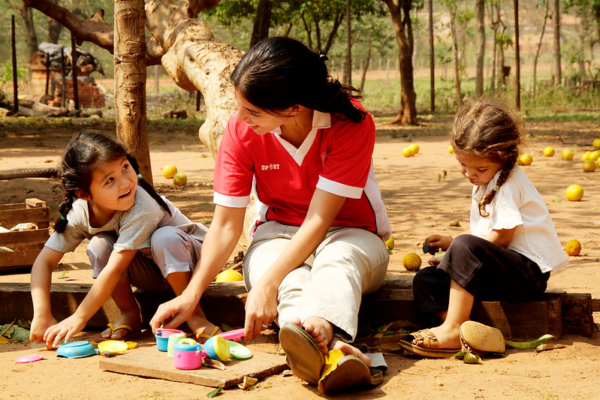
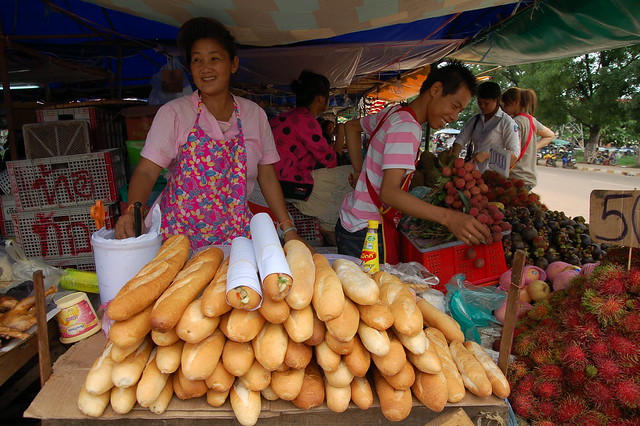 Thailand has refreshing somtam, Mumbai, India has bhel puri and South Africa has a snack of bunny chow. What do these diverse dishes all have in common? They are some of the most notable street foods in their respective countries and vital to the daily lives of citizens, demonstrating the significance of street food culture.
Thailand has refreshing somtam, Mumbai, India has bhel puri and South Africa has a snack of bunny chow. What do these diverse dishes all have in common? They are some of the most notable street foods in their respective countries and vital to the daily lives of citizens, demonstrating the significance of street food culture.